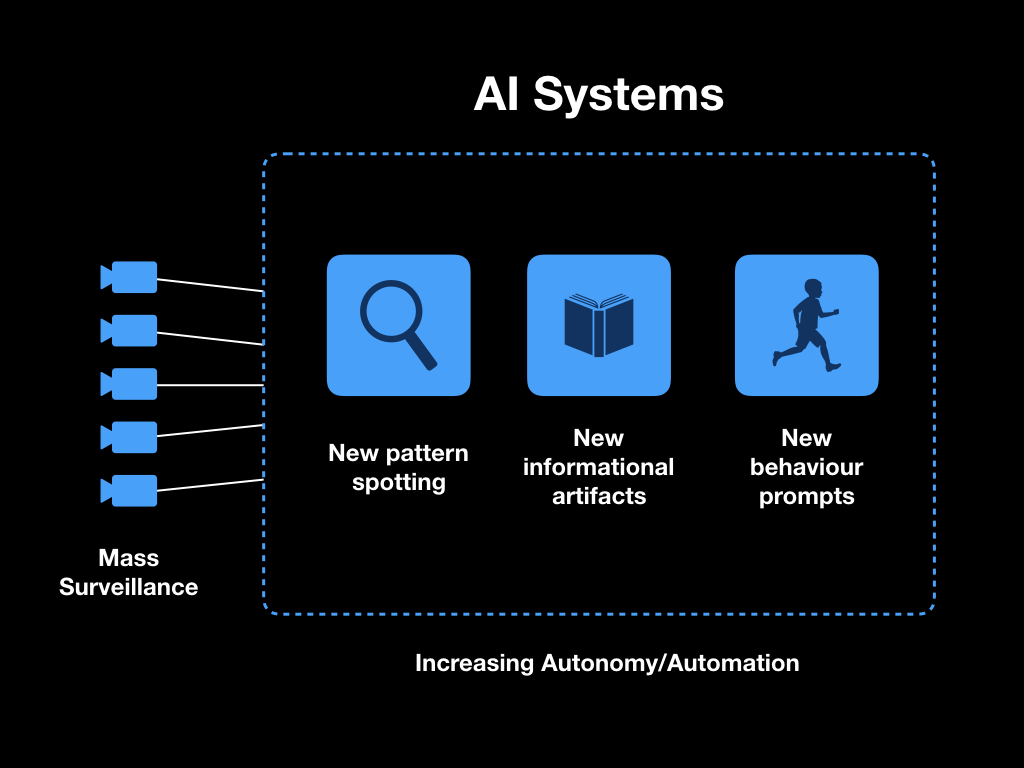Computational Models Of Legal Argument Presentation
| Introduction to Computational Models of Legal Argument | ||
|---|---|---|
| Computational models of legal argument use artificial intelligence and machine learning techniques to analyze legal cases and provide insights. These models aim to assist lawyers, judges, and legal researchers in understanding legal arguments and making informed decisions. By analyzing large volumes of legal cases, these models can identify patterns and trends that humans might miss. | ||
| 1 | ||
| Benefits of Computational Models of Legal Argument | ||
|---|---|---|
| Computational models help save time and improve efficiency by automating the process of legal analysis. These models can analyze vast amounts of legal text and extract relevant information quickly and accurately. By providing insights into legal arguments, these models can assist legal professionals in building stronger cases or making more informed judgments. | ||
| 2 | ||
| Key Components of Computational Models of Legal Argument | ||
|---|---|---|
| Natural language processing techniques are used to analyze legal texts, such as court cases, statutes, and legal opinions. Machine learning algorithms are employed to identify patterns and relationships within legal arguments. Computational models often incorporate structured knowledge bases of legal concepts and principles to enhance analysis and understanding. | ||
| 3 | ||
| Types of Computational Models of Legal Argument | ||
|---|---|---|
| Rule-based models use predefined rules and logical reasoning to evaluate legal arguments. Case-based models compare new cases to previously decided cases to determine their relevance and potential outcomes. Hybrid models combine both rule-based and case-based approaches to provide a more comprehensive analysis. | ||
| 4 | ||
| Challenges in Developing Computational Models of Legal Argument | ||
|---|---|---|
| Ambiguity and vagueness in legal language pose challenges for computational models, as legal arguments often involve interpretation and subjective reasoning. Accessibility and availability of legal data can be limited, which affects the training and performance of these models. Ethical considerations, such as bias in the training data or the potential for automated decision-making, need to be addressed in the development and application of these models. |  | |
| 5 | ||
| Applications of Computational Models of Legal Argument | ||
|---|---|---|
| Legal research: Computational models can assist legal researchers in finding relevant cases and legal principles quickly. Predictive analysis: These models can provide insights into the potential outcomes of legal cases based on prior judgments. Legal decision support: By analyzing legal arguments, these models can provide recommendations to assist judges in making more informed decisions. | ||
| 6 | ||
| Limitations of Computational Models of Legal Argument | ||
|---|---|---|
| Lack of human judgment and contextual understanding can limit the accuracy and reliability of these models. Legal arguments often involve complex and nuanced reasoning, which can be challenging to capture in computational models. The dynamic nature of the law and evolving legal precedents require continuous updates and adaptations to these models. | ||
| 7 | ||
| Future Directions in Computational Models of Legal Argument | ||
|---|---|---|
| Integration of machine learning and natural language processing techniques to improve the understanding and analysis of legal texts. Incorporation of explainable AI methods to enhance transparency and accountability in the decision-making process. Collaboration between legal experts and computer scientists to develop more sophisticated and robust models. | ||
| 8 | ||
| Challenges and Opportunities | ||
|---|---|---|
| Ethical considerations around bias, fairness, and privacy need to be carefully addressed in the development and deployment of these models. Collaboration between legal professionals, computer scientists, and policymakers can lead to more effective and responsible use of computational models in the legal domain. The use of computational models of legal argument has the potential to revolutionize the legal field, improving access to justice and enhancing the efficiency of legal processes. |  | |
| 9 | ||
| References (download PPTX file for details) | ||
|---|---|---|
| [Insert relevant references here]... Your second bullet... Your third bullet... |  | |
| 10 | ||






